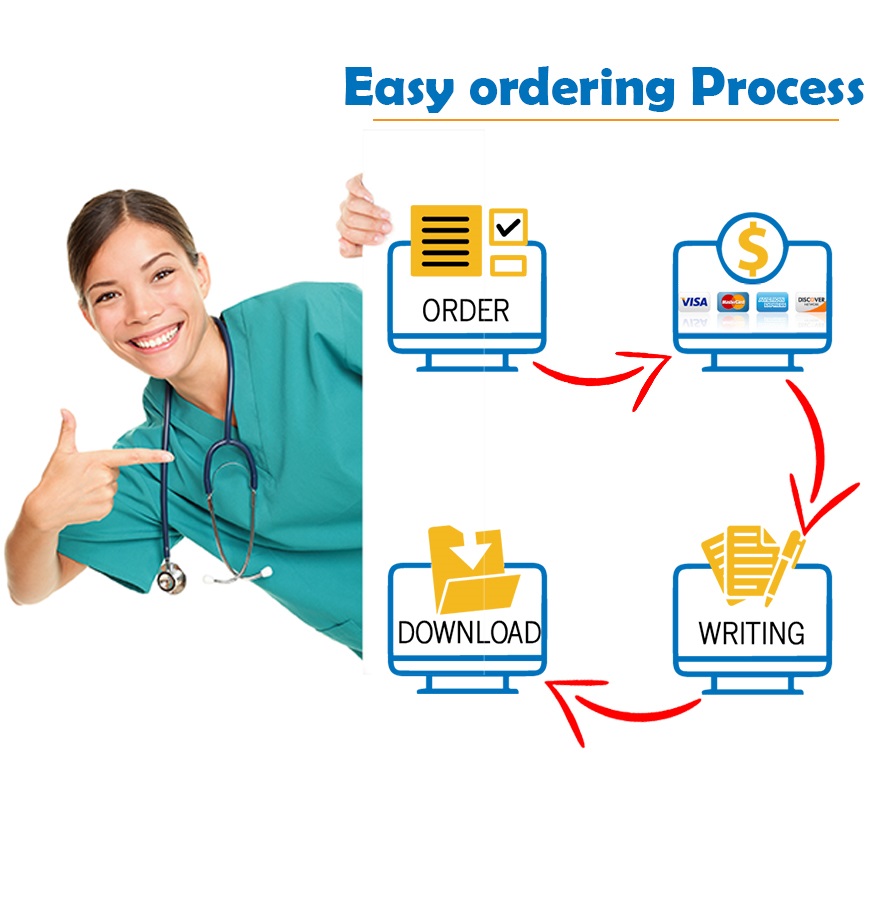Managerial Economics
Activity Instructions
Read the following
scenarios and complete the corresponding questions. Answer in complete and
grammatically correct sentences. I am looking for your thought process in
the answers to the questions, so be complete in your answers and demonstrate
your knowledge.
Scenario 1 (length: as needed)
Suppose the market for
a certain pharmaceutical drug consists of domestic (United States) consumers
and foreign consumers. The drug’s marginal cost is constant at $5 per dose. The
demand schedules for both regions are given below.
| US | Foreign | |
| Price | Quantity | Quantity |
| $60 | 1,000 | 200 |
| 55 | 1,500 | 250 |
| 50 | 2,500 | 400 |
| 45 | 4,000 | 600 |
| 40 | 8,000 | 1,000 |
| 35 | 14,000 | 2,000 |
| 30 | 20,000 | 3,500 |
| 25 | 30,000 | 7,000 |
| 20 | 40,000 | 16,000 |
| 15 | 55,000 | 35,000 |
| 10 | 65,000 | 75,000 |
| 5 | 77,000 | 150,000 |
- Assuming the markets cannot be separated (and thus the same price must be charged to both regions), what is the marginal revenue for the quantities that you can determine? What price should be charged to maximize profit?
- If the markets can be separated, determine the marginal revenues in each market. If the firm must set a single price for the drug in each market (the prices can vary between markets), what price should be charged in the foreign market? In the domestic market? What happens to the company’s profit?
Scenario 2 (length: as needed)
Apple (relatively)
recently introduced different “versions” of the iPhone and iPad—in particular,
currently Apple sells four versions of the iPad (iPad Air, iPad with Retina
display, iPad mini with Retina display, and the iPad mini–
http://www.apple.com/ipad/compare/). Note that the “top of the line” iPad and
iPad mini are available with hard drives that range from 16GB to 128GB, and
with the A7 chip. The other versions of the iPad and iPad mini are only
available with a 16GB hard drive and feature slower chips (A6X and A5), but at
a lower price than the top of the line models.
- Briefly explain why continuing to sell the older models when the newer generation’s models are introduced is an example of price discrimination. How does this help Apple reach a larger market?
- Why are the lower tier models are currently only available with the 16GB hard drive, when previously (when they were the top of the line models) they were available with larger hard drives?
- When the iPad mini was first introduced, industry experts estimated that for every 4 million iPad minis that were sold, sales of the full-sized iPad would decrease by 1 million units. Assuming that is the case, explain why introducing the iPad mini was a good idea, even with some level of cannibalization.
Scenario 3 (length: as needed)
The marginal cost of
producing a particular item is $2.50. Suppose a consumer is willing to purchase
one item at $10, a second unit of that item at $9, a third unit of that item at
$8, and so on. This means that the consumer’s demand schedule looks like:
| Price | Quantity |
| $10 | 1 |
| 9 | 2 |
| 8 | 3 |
| 7 | 4 |
| 6 | 5 |
| 5 | 6 |
| 4 | 7 |
| 3 | 8 |
| 2 | 9 |
| 1 | 10 |
- If the firm must set a single price and sell
all of its units, what price will it select to maximize profits? What will the
profit be?
- Suppose the firm can apply a ‘volume discount’, pricing the first good at $10, pricing the second unit at $9, and pricing the third unit at $8, and so on. What is the smallest per-unit price the firm will want to offer? Assuming the volume discount ends at (or before) that price, what will the firm’s profit be?
Scenario 4 (length: as needed)
You are in charge of
setting the optimal price for tickets for a local hockey team. The demand
schedule for hockey tickets is below:
| Price | Quantity |
| $10 | 6,000 |
| 11 | 5,900 |
| 12 | 5,750 |
| 13 | 5,500 |
| 14 | 5,200 |
| 15 | 4,900 |
| 16 | 4,500 |
| 17 | 4,000 |
| 18 | 3,500 |
- What price maximizes the revenue from tickets?
(Note, since marginal costs are assumed to be zero, this also maximizes
profits)
- Each spectator also spends money parking and on concessions. The team owns both the nearby lots and the concession stands at the arena. The team has estimated that concession profits increase by $5 per person, and for every four spectators, one parking permit that is priced at $10 is purchased. With these new sources of revenue, what is the optimal ticket price?
Writing Requirements
Length: as indicated (Show your calculations where appropriate.)
1-inch margins
Double spaced
12-point Times New Roman font
This activity will be
graded based on thoroughness and correctness of responses. For the numerical
and graphical questions, to achieve full marks you must also show your work.
Master the basic techniques of microeconomic analysis such as demand, supply and equilibrium; production and cost theory; and market structure and pricing.
Apply economic reasoning to understand and improve managerial decision-making and grasp the analytical foundations underlying a firm’s competitive strategy.
- My coursesActivity reports
"Looking for a Similar Assignment? Order now and Get 10% Discount! Use Code "GET10" in your order"



